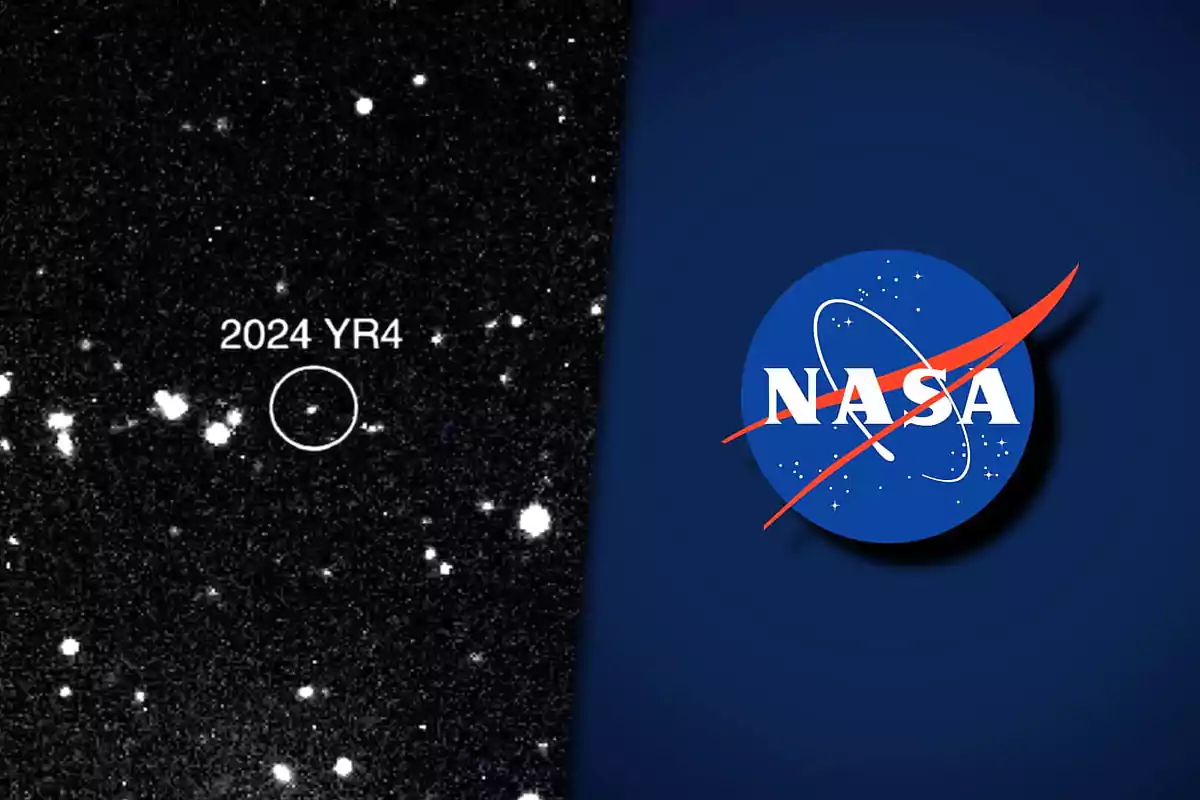
Asteroid 2024 YR4: NASA raises the chances of it impacting the Moon
NASA has adjusted the calculations for asteroid YR4 and increased the chance of impact with the Moon in 2032 to 4.3%
NASA updated its calculations regarding the trajectory of asteroid 2024 YR4, a space rock that once raised concerns about a possible collision with Earth.
Now, all eyes are on the Moon, as there is an estimated 4.3% probability of impact in 2032. While the figure may seem high, it doesn't pose any risk to life on our planet.
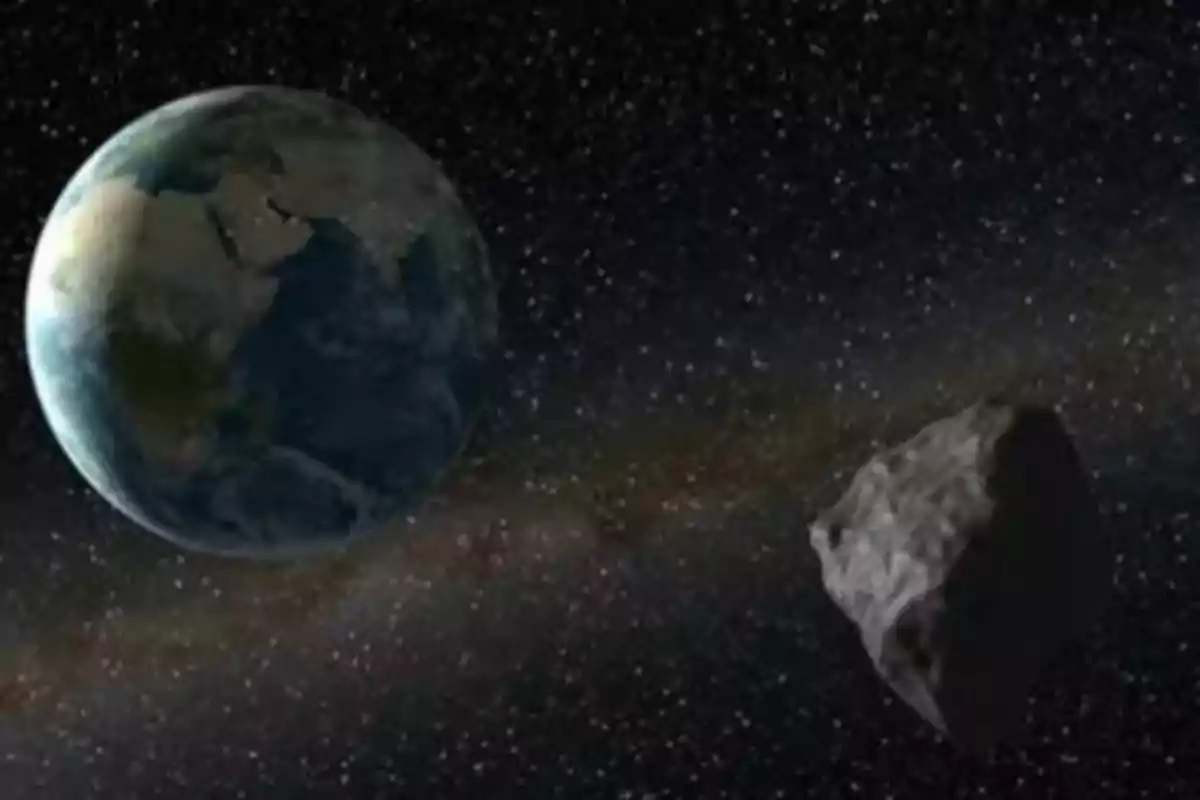
What changed in the trajectory of asteroid 2024 YR4?
Certainty about its future location improved by nearly 20% thanks to new data collected in recent weeks. That adjustment allowed for a more precise calculation of the possibility of a lunar impact.
NASA's latest update indicates that the probability of impact with the Moon rose from 3.8% to 4.3%. Although it seems like a low number, it is significant within the astronomical context.
Could an impact on the Moon affect Earth?
According to NASA, a potential collision would not alter the lunar orbit or cause problems on Earth. Even if fragments were caused, they would disintegrate upon entering the atmosphere.
La NASA eleva la probabilidad de impacto lunar del asteroide 2024 YR4
Physicist Pawan Kumar stated that "it would not be a cause for concern," since any debris reaching Earth would explode before touching the surface.
A case that put planetary defense systems to the test
When asteroid 2024 YR4 was discovered, a small possibility of impact with Earth was detected. Its risk became the highest recorded so far, which triggered an immediate international response.
- It was analyzed from different observatories.
- Orbital models were adjusted with new data.
- Updates were communicated to the public in real time.
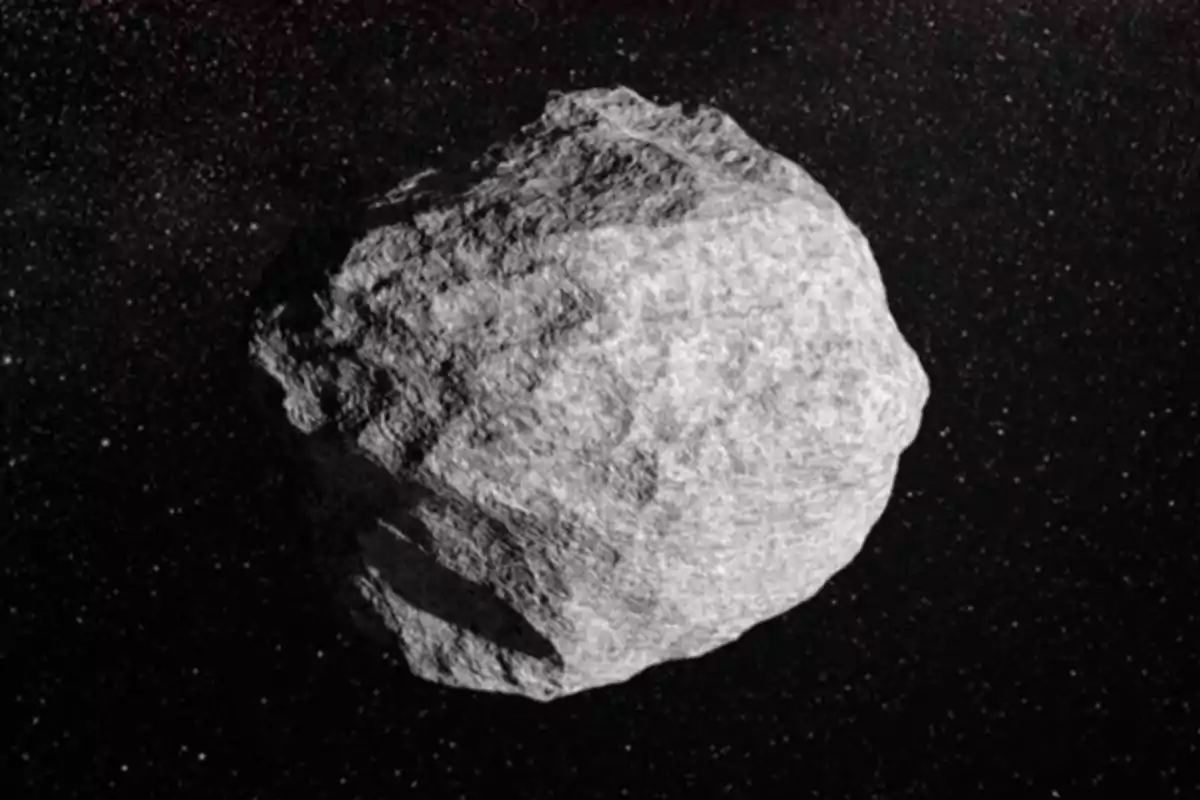
This rapid and coordinated protocol functioned as a kind of real-life drill, without serious consequences, which served to measure the global response capacity.
The role of the James Webb telescope in monitoring YR4
Tracking of the asteroid continues. It is expected to approach Earth again in 2028, and by then both the James Webb telescope and ground-based tools will be used to obtain more information.
This new step will make it possible to learn about its shape, its composition, and further refine the prediction regarding its possible lunar impact.
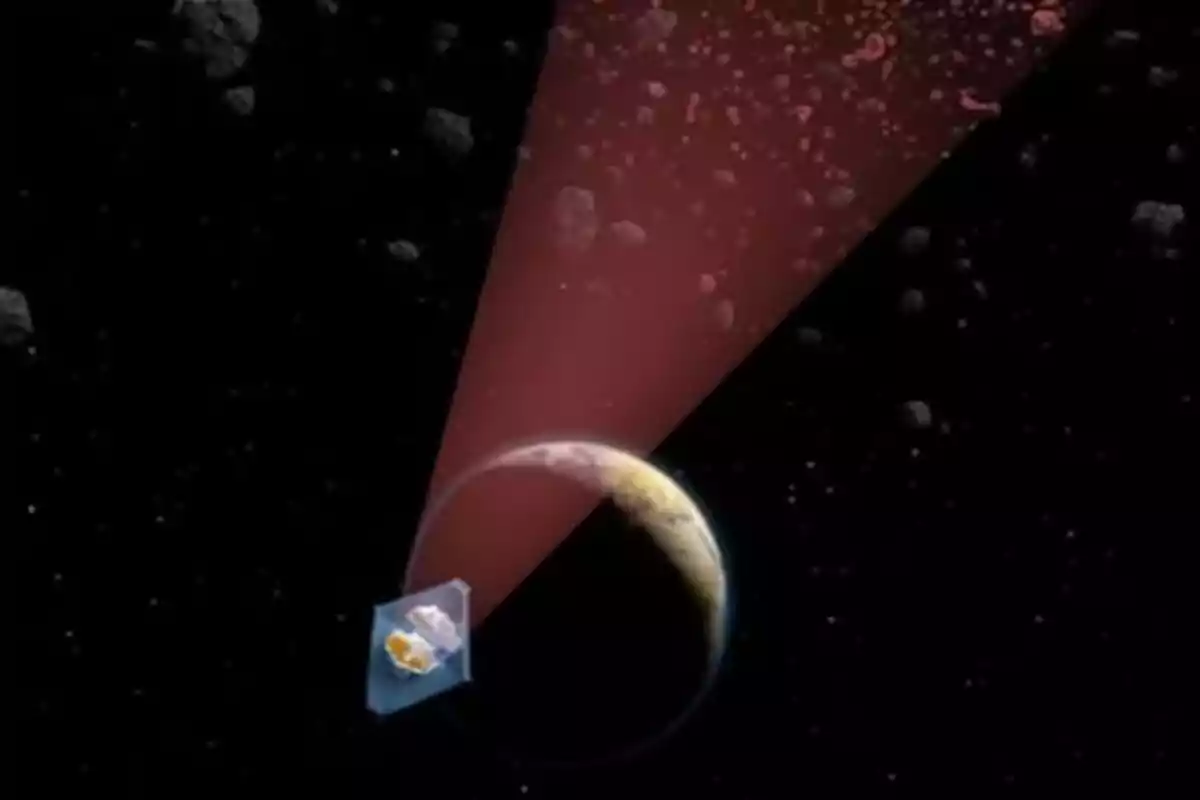
An unprecedented scientific opportunity
This process serves to rehearse all available mechanisms: from detection to impact simulation. Each step strengthens international planetary defense programs.
It was a real experience to test early warning systems, share data, and educate the public on how to respond to these events.
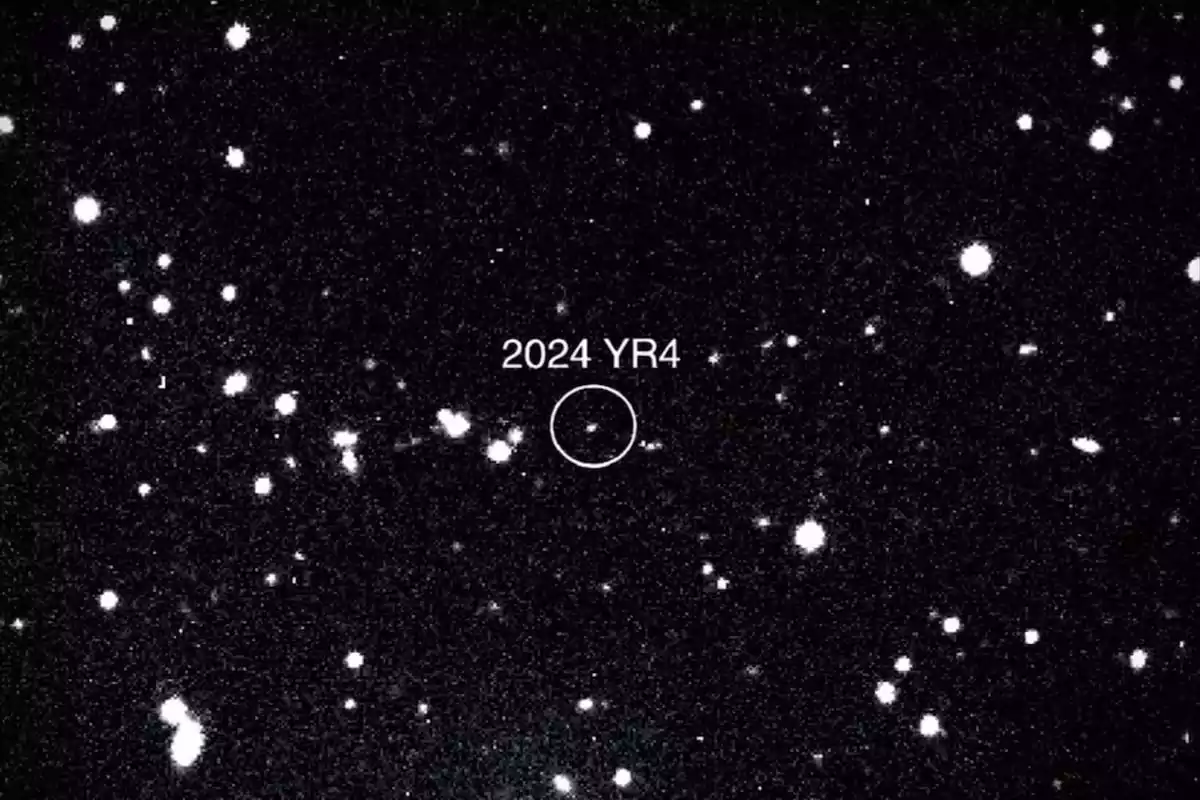
Where did asteroid 2024 YR4 come from?
According to the latest studies, it comes from the main asteroid belt between Mars and Jupiter. For centuries, it migrated until it ended up in an orbit close to Earth.
These types of trajectories are common and are part of the natural movement of minor bodies in the Solar System.
More posts: